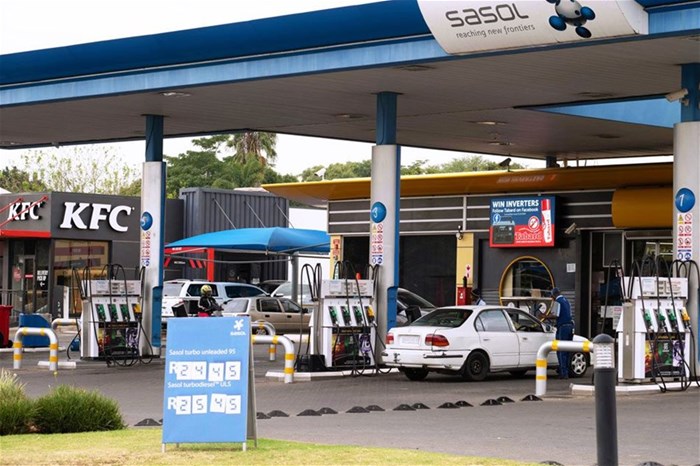If you're part of the marketing realm, whether in advertising or within media circles, you'll recognise the trends and concepts that consistently spark excitement year in, year out.
In 2020, the Unprecedented Era, the buzz was around moving everything online as quickly as possible – from meetings to shopping and even dinner dates – as people were forced to stay at home.
Last year, ‘artificial intelligence’ (AI) was on everyone’s lips (and this year too, to be fair).
And, while we’re still only in the first half of 2024, if you work anywhere in marketing or media, you have no doubt heard the hum in your agency corridors: it’s time for the Great Rise of Retail Media.
Retail media, as its name implies, involves promoting products or services to people when they’re shopping.
Its growing popularity shouldn’t come as any major surprise; it makes sense to target consumers when they’re already in a buying frame of mind, and that much closer to a till point or checkout cart.
In fact, Group M anticipates that the retail media market will expand by 25% this year alone and will exceed television revenue within four years.
Online and offline retail media
There are different formats of retail media.
Currently, the kind we’re hearing about most frequently is retail media networks (RMN), which are essentially advertising platforms in a retailer’s network.
For example, if an advertiser directs its ad spend against product keywords on Takealot, they’re using a retail media network (as opposed to general search advertising via Google, for example).
In the world of digital out-of-home (DOOH), the definition of retail media would encompass a digital screen nearby or within a store, for example, which might advertise brands available inside that same store.
DOOH can also be combined with RMN to great effect.
By using both together, brands can create compelling stories that target consumers at various touchpoints throughout their day. When audiences are primed with DOOH, it increases the effect of other digital advertising channels and subsequently amplifies audiences taking direct action.
Globally, we see that including DOOH in the mix, it increases paid search by 31%, while DOOH and mobile combined increase average dwell time looking at an ad by 52%, bringing with it incredible omnichannel opportunities.
Location-based media has entered the chat
There are distinct parallels between retail media, in its OOH capacity, and OOH location-based advertising in that both take advantage of the consumer’s proximity to a retailer.
However, one key point of departure is that location-based media involves delivering targeted advertising messages to consumers based on their physical location, which is not limited to retail environments and includes venues such as includes airports, public transportation or other outdoor spaces.
While retail media is about capturing the attention of consumers who are already in a shopping mindset and influencing their purchasing decisions by promoting products or services available in nearby stores, location-based media is about reaching consumers at strategic locations where they are likely to be receptive to advertising messages.
Wayne Tigere, Dentsu 30 Apr 2024
The beauty of location or place-based advertising is that it is proven to increase audience response to an ad campaign. When we achieve this sweet spot of relevant moments and relevant content, we see an average increase of 17% in spontaneous brand awareness and up to a 16% uplift in sales.
Digilites: Where retail and place-based media marry
Digilites benefit both retail and place-based media, making it a true ‘action’ medium.
They offer advertisers the ability to target consumers in a purchase mindset, driving purchases for convenience retail, as well as engaging with consumers when they are open to receiving messages – ranging from lifestyle, travel, vehicle, insurance etc.
The added benefit of Digilites is that it offers high dwell time (consider that the average time spent in a forecourt is 15 minutes, allowing multiple engagement opportunities) and it is hyper-local in nature, which allows for precision targeting as well as driving contextually and location relevant creative.
As the buzz around retail media sweeps the advertising world, it is wise to explore the opportunity to marry these benefits with those offered by place-based media.
Together, these offer a strategic opportunity with high contextual relevance to enhance brand visibility, target a specific and captive audience, promote products and services effectively, and drive sales through a powerful omnichannel approach.


































